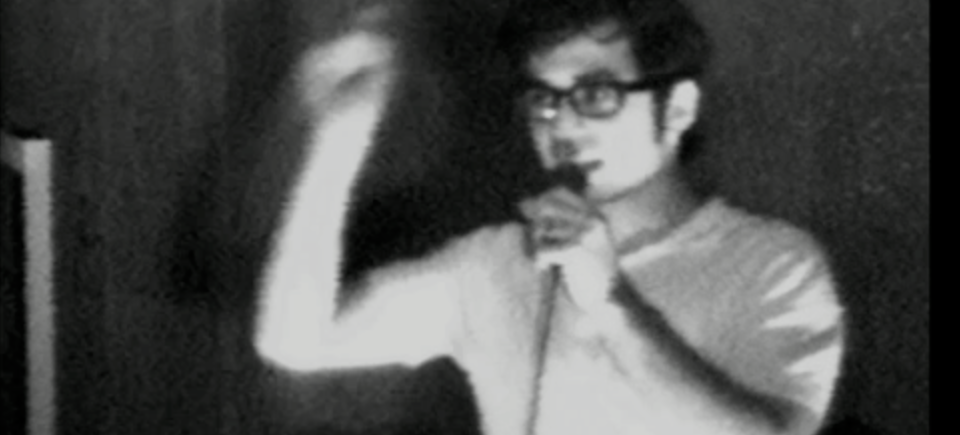
Ninth Floor Strikes Archival Gold
Ninth Floor Strikes Archival Gold
The sound was rough, the image blurred — but the content was gold.
Editor Carmen Pollard had already completed a rough cut of Ninth Floor, Mina Shum’s feature doc about the Sir George Williams Affair, when a key new piece of visual history came to light.
“More than great archival imagery, it was evidence, and we jumped with joy when we saw it,” says Pollard, “It was footage of Robert Hubsher, one of our main interview subjects, and it showed him as a young student, at the centre of the drama, making this amazing impassioned speech. We’d already used his interview throughout the edit, but having young Robert brought a whole new element into the mix. It was one of those the high-five moments.”
The footage in question dates from February 1969, and was shot inside the Hall Building at Montreal’s Sir George Williams University (now Concordia), shortly after the upper floors had been occupied by about 200 students, protesting against the perceived intransigence of the administration in the face of accusations of racism. What began as a peaceful sit-in ended with violent confrontation and multiple arrests — and the Sir George Williams Affair, as it became known, made headlines around the world.
“It’s a complex and painful story that’s still playing out in people’s lives,” says Pollard. “As an editor, I feel a responsibility to this history. We had all these great interviews with people who had lived through the events, but archival images have the power to put you in the moment. And this was a beautiful surprise.”
Unearthing this particular archival gem took persistence and collaboration. Deposited with Records Management and Archives (RMA) at Concordia University in 1980, the original tapes had been shot in the early days of reel-to-reel videotape, in a format that has long become obselete. The contents of the tapes were still unknown when Concordia archivists Caroline Sigouin and Vincent Ouellette brought them to the attention of Pierre Ferlatte, responsible for project support with NFB post production.
The NFB manages a vast audiovisual archive of its own, so Ferlatte and his team were up the task, but it still took weeks of dogged research on Ferlatte’s part to track down someone with the capacity to transfer the material. His search led to Digitrak Communications, a small company in Hickory, North Carolina, run by Don Norwood, who takes an enthusiastic interest in vintage video.
“Don was able to produce QuickTime files from the originals,” says Ferlatte, “and although the original footage was rough, clearly not shot by professionals, we were able to restore it and clean up the sound. It’s great that excerpts are making it into the final film.”
As part of its agreement with the university, the NFB has transferred over 8 hours of the university archives’ audiovisual collection — material relating to the Sir George Williams Affair — into readily accessible formats.
“The collaboration with Concordia has been wonderful,” says producer Selwyn Jacob. “The university’s Records Management and Archives department and its archivists went that extra mile for us, and we would not have found these vital images without their help.”
The production team had the good fortune to be working with Elizabeth Klinck, one of Canada’s leading visual researchers, and have also used archival images from news agencies like Radio-Canada, CBC, CTV, and Associated Press — as well as the NFB’s own stockshot library.
Produced by Selwyn Jacob for Pacific & Yukon Studio, Ninth Floor is currently in the final stages of post-production at NFB headquarters in Montreal.
Archival images courtesy of Concordia’s Records Management and Archives (RMA). Pictured below: Mina Shum on location in Montreal with Concordia professor Clarence Bayne (left) and producer Selwyn Jacob.
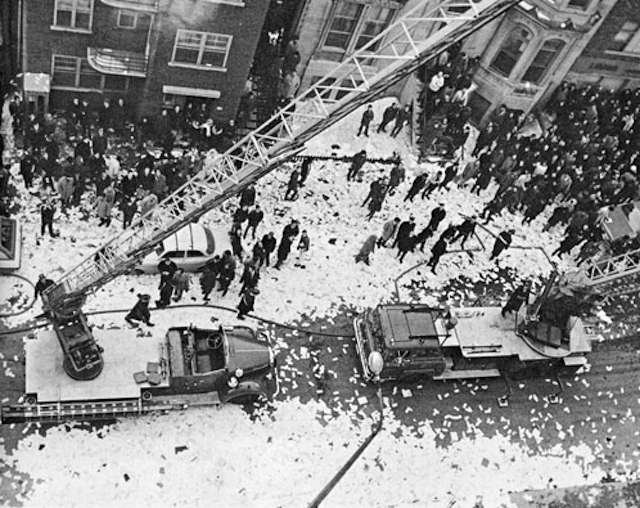
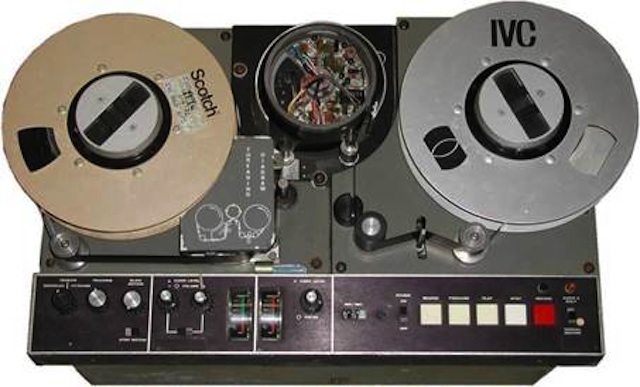
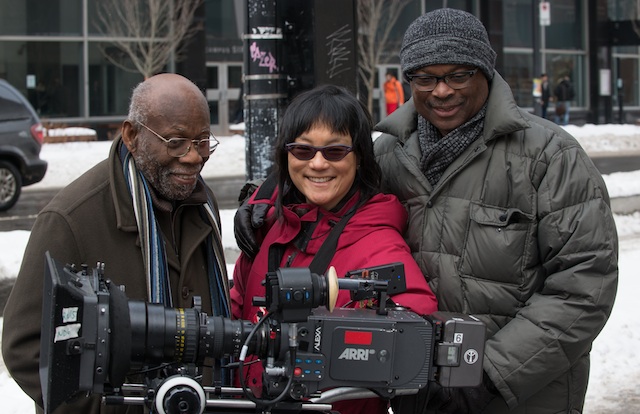

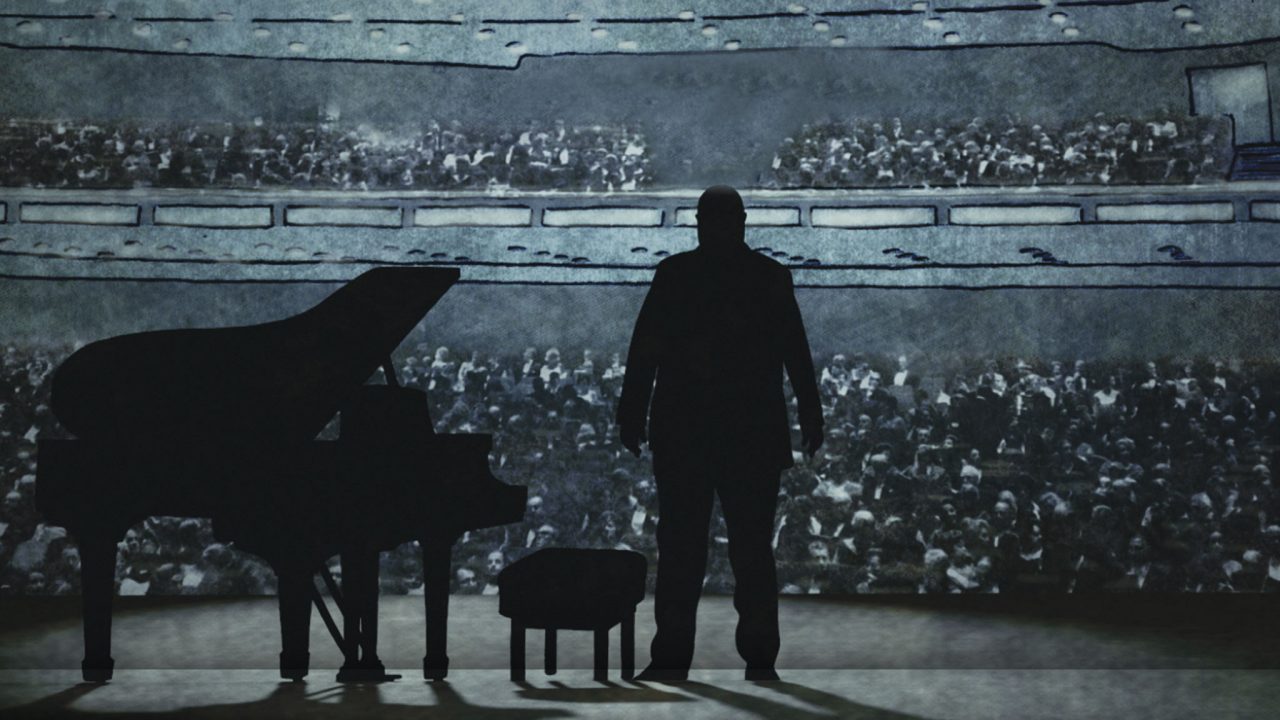
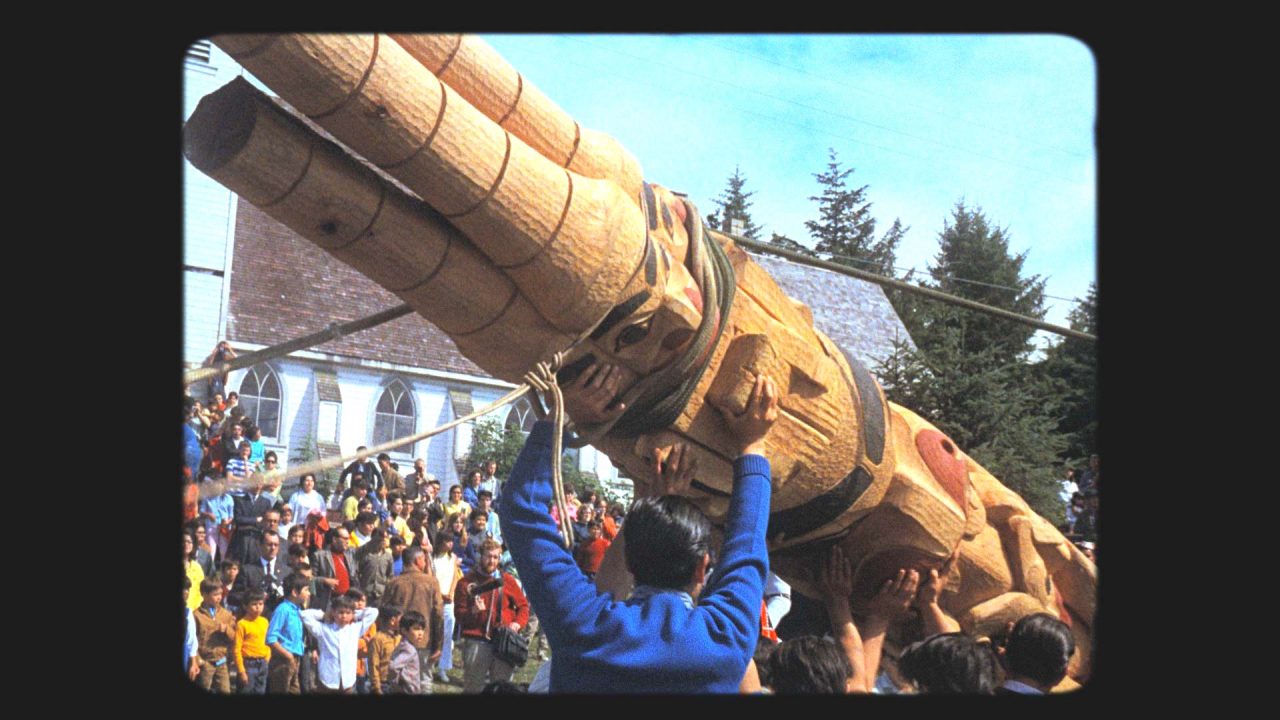

I thought the film offered a well researched study into the original complainants’ grievances, the administration’s wretched handling of the crisis, their subsequent stalling, their later betrayal, the students’ growing frustrations, and of course, the inevitable blowup.
I liked, too, the sparse settings in which Rodney John and his contemporaries were interviewed, as though to minimize, even eliminate, outside distractions. I found this very effective. Plus, of course, the video shots of the passionate calls to action, the action itself and the ultimate collision between the protesters and riot squad, added much to the film’s presentation.
I liked too the inclusion of the white protesters, showing that the conflict was not solely a Black-White confrontation – yet without diluting what very much appeared racist actions by Prof. Anderson. Speaking of whom, his extreme awkwardness when being interviewed was most telling; and I’m not so sure his grown son completely sided with his father over his handling of the aggrieved students’ complaints.
Yet as well intentioned as Mina Shum’s direction undoubtedly was, I thought her presentation very one-sided. While she was thorough in offering the protesters’ perspective, she utterly failed to include those unwittingly victimized by the eventual destruction in the computer lab, and the tossing out on to the street below of thousands of computer tab cards. As a result, perhaps years of studies and research were obliterated.
Not to be underestimated, too, were the many class interruptions by angry demonstrators, and consequent need to reschedule these and exam sessions. This must have caused no end of inconvenience and headaches to students and professors alike. Yet these many anonymous beings were, in effect, also unwittingly sacrificed for the protesters’ cause.
But there was no mention of this, much less, a drop of sympathy, offered in Shum’s film – a gross omission, in my view, and which made for a woefully biased and one-sided presentation.
This information and its accessibility is welcomed. It is hoped that the collaboration can be extended to involve the work being done by ICED (JMSB) and the Black Studies Center (DSC) archival project to enrich the information about the Black community increasingly being sought by scholars from us as far away as Germany.